#081 4-3-3 or 4-2-3-1? Klopp or Mourinho? You Decide
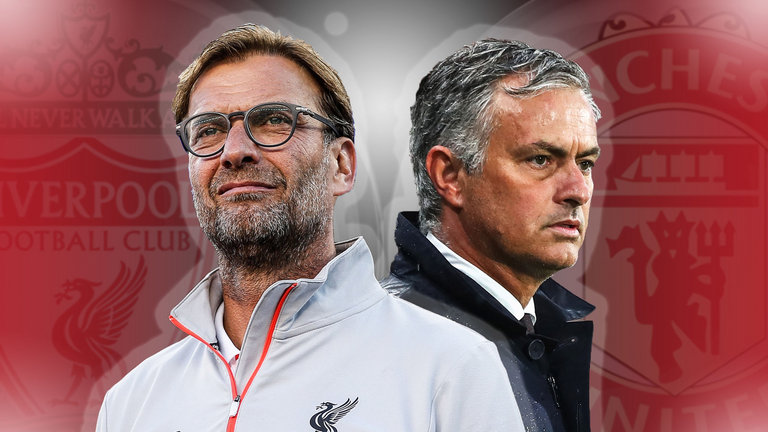
Click Here to Listen to Podcast Click Here for the Show Notes
Continue reading
Click Here to Listen to Podcast Click Here for the Show Notes
Continue reading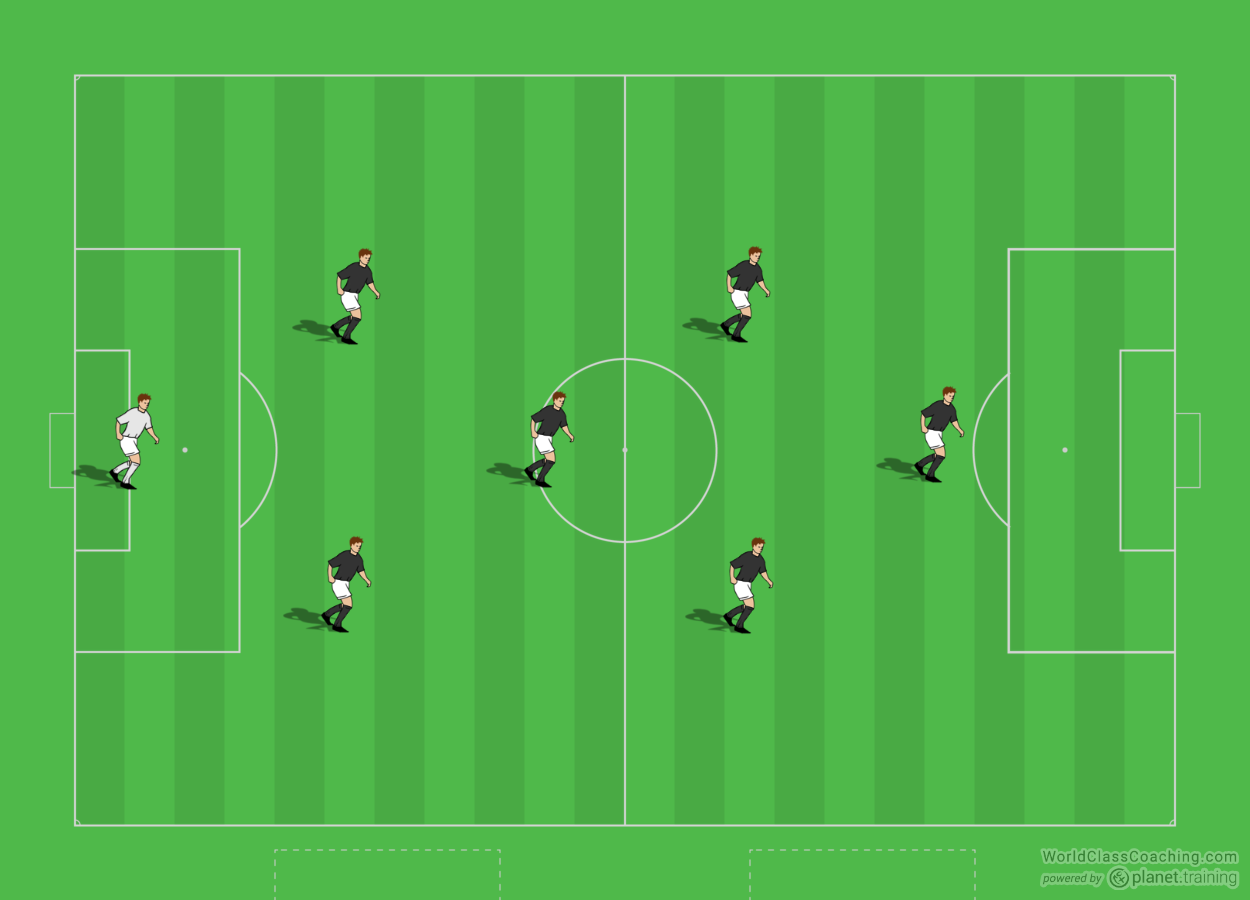
By Sean Pearson With the new USSF mandated birth year and small sided games changes there is a lot of trial and error regarding formations and systems of play. Instead of 8v8 formations, as coaches, we are now trying to figure out how to position our players in the new 7v7 and 9v9 formations. Some
Continue reading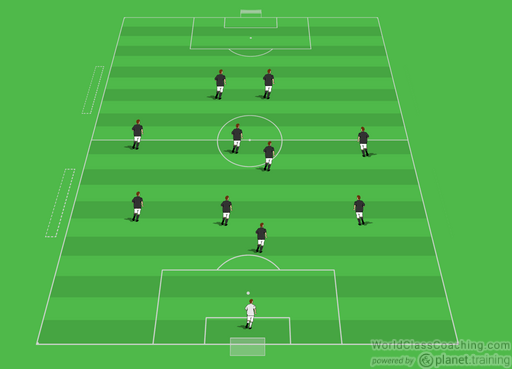
Most teams and coaches play with a set formation. What I meant by that is, if a team plays with a 4-3-3, they usually stick to that formation whether they are attacking or defending. Sometimes they will alter that formation in the latter part of a game if they are losing and need to attack
Continue reading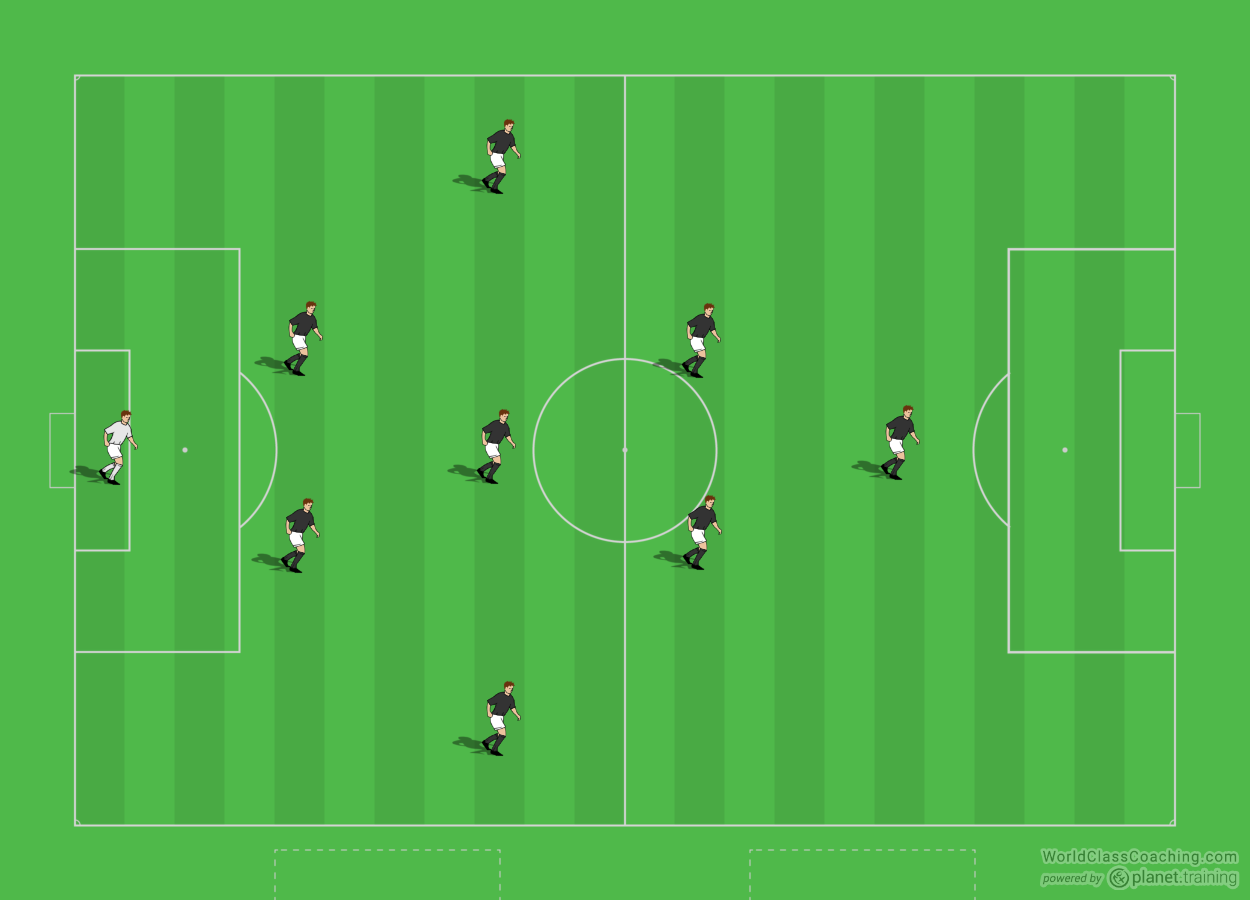
By Sean Pearson With the new USSF mandated birth year and small sided games changes there is a lot of trial and error regarding formations and systems of play. Instead of 8v8 formations, as coaches, we are now trying to figure out how to position our players in the new 7v7 and 9v9 formations. Some
Continue reading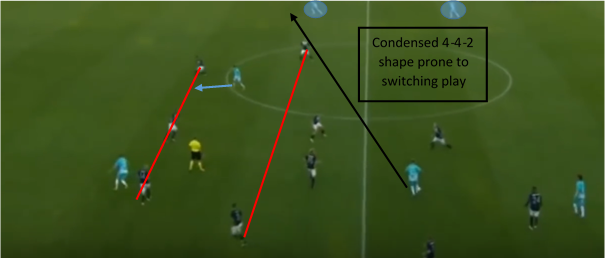
By Alex Trukan Defending in a flat 4-4-2 formation is one of the most widespread ways to set up a team when out of possession. It is relatively simple to implement, effective and suits a lot of players. When executed correctly, it can be very difficult to break through. This is why, it often poses
Continue reading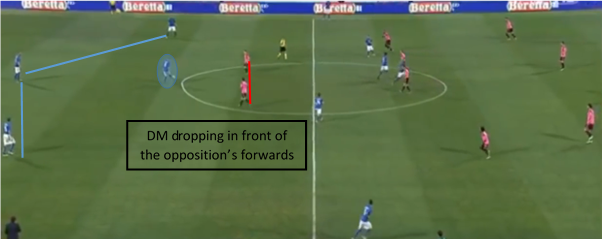
By Alex Trukan Playing with three central defenders and two wingbacks has become increasingly popular over the last years. Having three players positioned centrally at the back gives more room for central midfielders to go forwards and helps to create an overload in midfield. It also provides a better opportunity to use half spaces between
Continue reading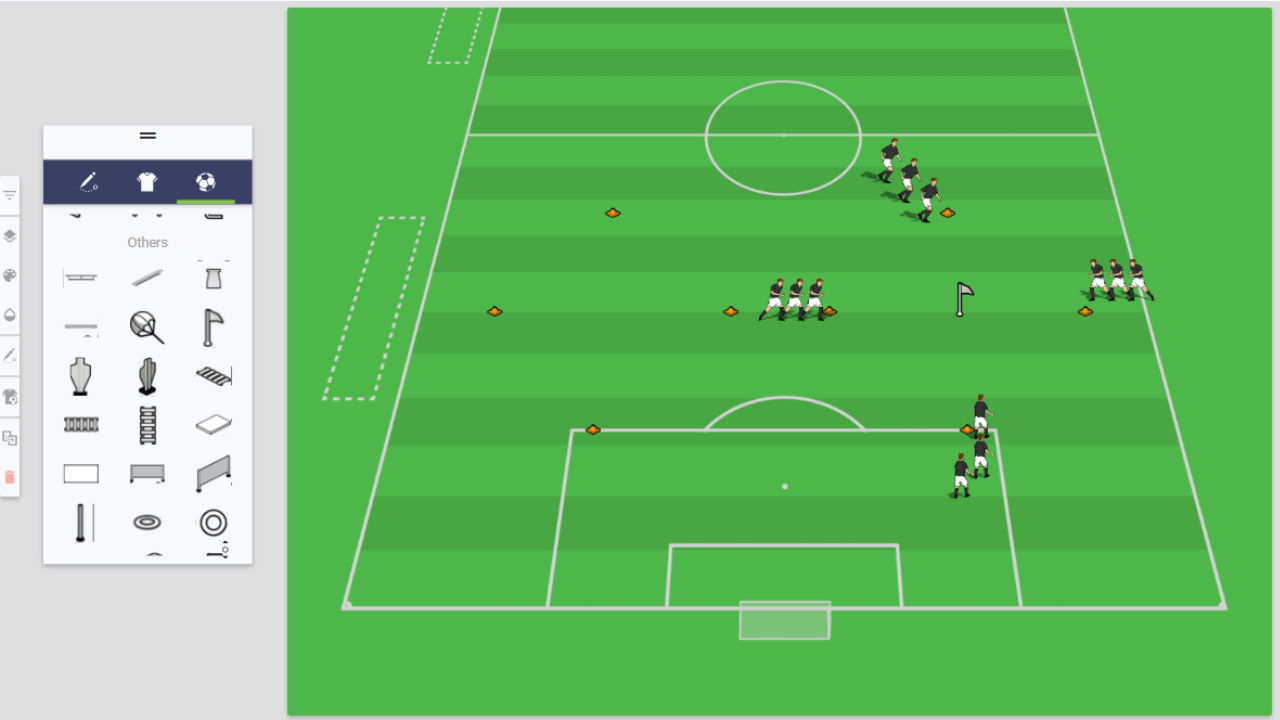
This week's Animated Drill Video is a session that will show your players how they can build out of the back. It's useful whether you're coaching a 7v7 team playing a 2-3-1 formation, a 9v9 team playing 4-3-1 or a full-sided team playing 4-3-3. [wpsharely id="6889"][wpsharely][/wpsharely] The diagram is being created with the session planner on Planet
Continue reading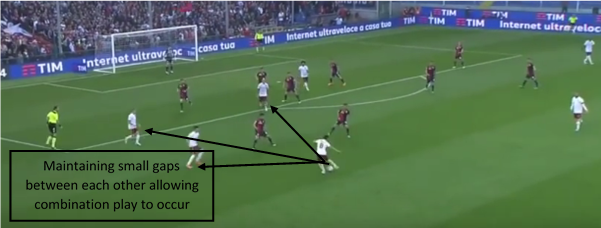
By Alex Trukan Having options to pass is an essential requirement of the effective football. It is basis for not only possession style but also for more direct approaches. Attacking ‘connections’ help the team to play away from pressure, circulate the ball as well as penetrate. The type of support available will determine what the attack will
Continue reading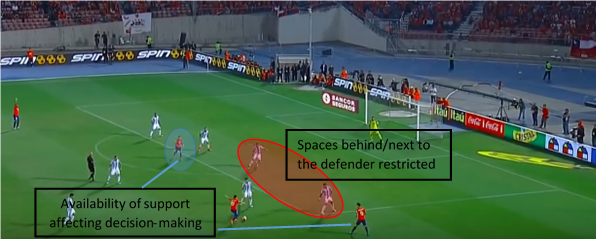
By Alex Trukan Formations are often the first thing that comes to our mind when talking about tactics. We hear numerous TV commentators introducing a team starting with a formation they play: 4-5-1, 4-3-3, 4-2-3-1. Formation are a big part of the team’s tactics as it is a tool which helps to fulfil team’s style
Continue reading
This week's Animated Drill Video is a position specific possession game that will not only train your players to keep the ball but create patterns that they will be able to use in match situations. [wpsharely id="6889"][wpsharely][/wpsharely] The diagram is being created with our online Session Designer that is available through the Member Drills Database. Please share
Continue reading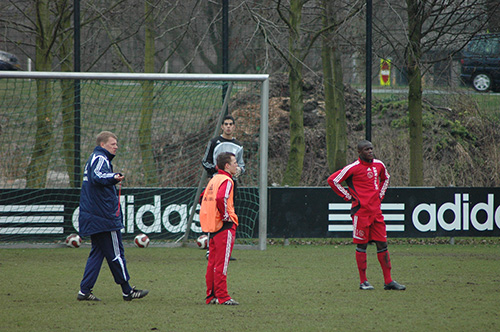
Click Here to Listen to Podcast Click Here for the Show Notes
Continue reading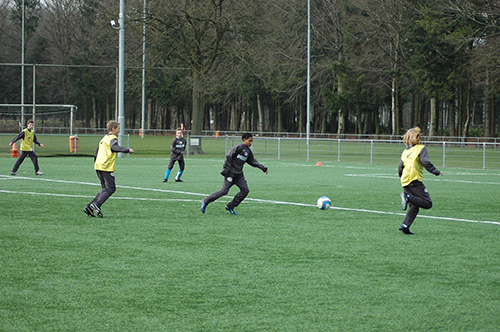
Click Here to Listen to Podcast Click Here for the Show Notes
Continue reading
Click Here to Listen to Podcast Click Here for the Show Notes
Continue readingBy Alex Trukan Defending in and around the penalty box area is, alongside finishing, one of the two critical micro phases of the game. They are usually neglected and hoped they will ‘take care of themselves’. However, at the same time, it can be argued that these two phases are the two most important ones
Continue reading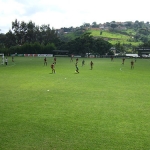
Click Here to Listen to Podcast Click Here for the Show Notes
Continue readingBy Alex Trukan Medium pressure is a defensive strategy based on setting up a confrontation line (area of the pitch from which the team out of possession starts to apply pressing) around half way line. It is the most popular, yet not often very effective type of pressing. Many players associate this type of pressing
Continue reading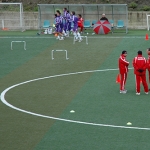
Click Here to Listen to Podcast Click Here for the Show Notes
Continue readingBy Alex Trukan
Playing with a back three gives huge advantages in midfield and forward units. It also enables the team to attack through the wings more effectively (using wingbacks) as well as create an overload in midfield. However, one of the trade-offs is playing out from the back which might be tricky and challenging. From the attacking point of view, considering that most of the teams play with two strikers, three players might not be enough to break through the first line of the opposition. Also, having transition in mind, the back three often does not provide enough defensive cover in case the ball is lost. That is why, not a back three, but defensive midfielders are crucial players in the build-up play.
Starting Positions
The middle centre back is usually the primary player to initiate build-up play. That enables the team to play three different directions: centre, right and left. Two other centre backs start quite narrow (in case the ball is lost) in the first phase and then get into wider positions as the
Continue reading
Click Here to Listen to Podcast Click Here for the Show Notes
Continue readingBy Alex Trukan
One of the advantages of a 4-3-1-2 system is having an overload in midfield (when playing against 4-4-2) without sacrificing the amount of forward players. Playing with a triangle, whether it’s a point up or down, makes supporting of the striker easier, and at the same time, remaining balanced in defence with one holding player. The profile of the midfielders is evolving into multidimensional role, combining qualities to support building up from the back (movements to receive, support, using blind space, passing and receiving range and quality) as well as attacking on the opposition’s half (playing off striker’s shoulder, combination play, through balls, movements to support wing play or shots from distance). Apart several characteristics that remain the same despite of the team tactics, there are also components that change depending on the formation and system employed.
Team Shape – Understanding Context
In order to understand the attacking profile of the midfielders in a given formation, it is important to be aware of the whole team tactics – understand the
Continue readingBy Alex Trukan
Argentinian coach, Marcelo Bielsa, that has recently led Athletic Bilbao and Chilean national team is known for attacking and dynamic style of play with high energy and pace. His teams can be distinguished by extreme work rate, vertical passes, quick possession as well as attacking through the wings. In the meantime, his ideas are driving the project of bringing Olympique Marseille back to the top football. Despite quite visible and unorthodox style of play, Bielsa has employed numerous formations over the last seasons including: 4-2-3-1, 3-3-3-1, 3-3-1-3 or 4-3-3. One of his major formations working in OM was 4-2-3-1 which was often employed against weaker teams.
Basic Shape in Possession
When in possession of the ball, Bielsa has used four defenders who were usually positioned asymmetrically (one full back forming back three, second one higher up the field), two defensive midfielders (one playing higher, one dropping into defensive midfielder role), number 10 playing off striker’s shoulder and supporting on the flanks, two wingers playing wide and central striker who moves across and
Continue reading
Click Here to Listen to Podcast Click Here for the Show Notes
Continue reading